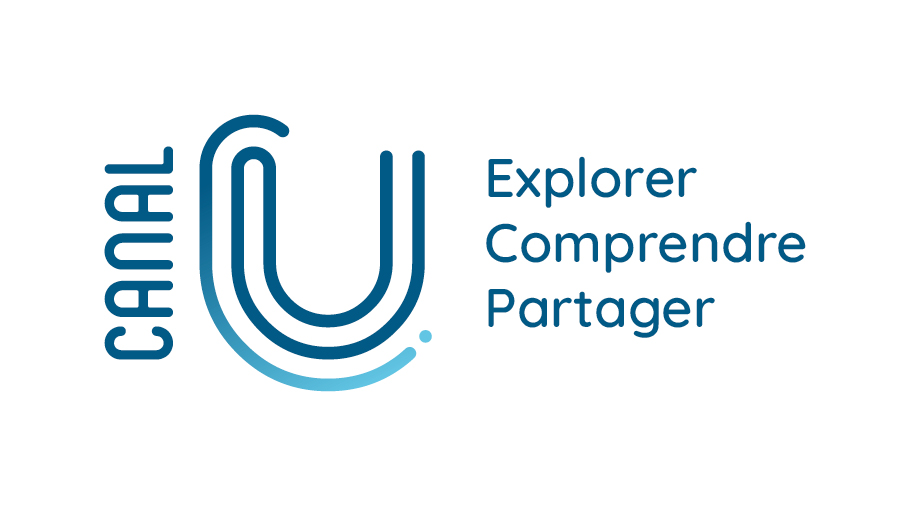
Sommaire
Elevation-induced variations of pollen assemblages in North-Western Alps / Elena Ortu
Date de création :
08.10.2009Auteur(s) :
Elena ORTUPrésentation
Informations pratiques
Droits réservés à l'éditeur et aux auteurs. Tous droits réservés à l'Université Toulouse II-Le Mirail et aux auteurs.
Description de la ressource
Résumé
Elevation-induced variations of pollen assemblages in the North-Western Alps : a model for the quantifications of lapse-rates and temperature evolution during the holocene. Elena ORTU. Deuxième International Workshop on archaeology of european mountain landscape, organisé par les laboratoires GEODE, FRAMESPA, GEOLAB (Clermont-Ferrand) et Chrono-Environnement (univ. de Franche Comté). Université Toulouse 2-Le Mirail, 8-11 octobre 2009. [première journée] Modern pollen data collected at various elevations in two different areas of the North-western Alps (the Aosta Valley, Italy with 37 sample points, and the Taillefer Massif, France, with 40 sample points) were statistically analysed to obtain a functional relationship between pollen assemblages’ variations, the elevation and temperature parameters of the sampled points. Correspondence Analysis (CA) was performed on pollen data to underline statistical similarities and differences between pollen assemblages from comparable elevations in the two areas. A transfer function from pollen percentages to elevation was first calculated based on all the taxa. The actual altitudes plotted versus calculated altitudes yield a R2 > 0.9. This step shows the strong relationship between altitude and variation in pollen taxa percentages despite the effect of local parameters and some floristic differences between the two areas. For the reconstruction of temperature, from pollen data, three transfer functions from Aosta pollen assemblages to Tann (mean annual temperature) were created for each parameter, using three different methodologies. Aiming to be reliable for the two areas, the calculation of each function was based on common taxa to avoid biases due to differences in pollen floras. Application to the Taillefer 24 pollen dataset shows that the best results were obtained using a backward step-created linear multiple transfer function, which is based on a sufficient number of taxa (25) and yielded an acceptable R2 (R2>0.6) and a RMSE about 4. A transfer function to TJan (January temperature) and TJul (July temperature) was then created using this same method. The reconstruction appears to be reliable, with a higher reliability at sites located over 1000 m than at sites located at lower altitudes. This elaboration aims to be a first step for the development of a model for reconstructing the evolution of temperature and lapse rates during the Holocene from fossil pollen data from the alpine area.
"Domaine(s)" et indice(s) Dewey
- Paléobotanique (561)
- Géographie historique (911)
Domaine(s)
- 561
- 911
Intervenants, édition et diffusion
Intervenants
Édition
- Université Toulouse II-Le Mirail
Diffusion
Document(s) annexe(s)
- Cette ressource fait partie de
Fiche technique
- LOMv1.0
- LOMFRv1.0
- Voir la fiche XML




